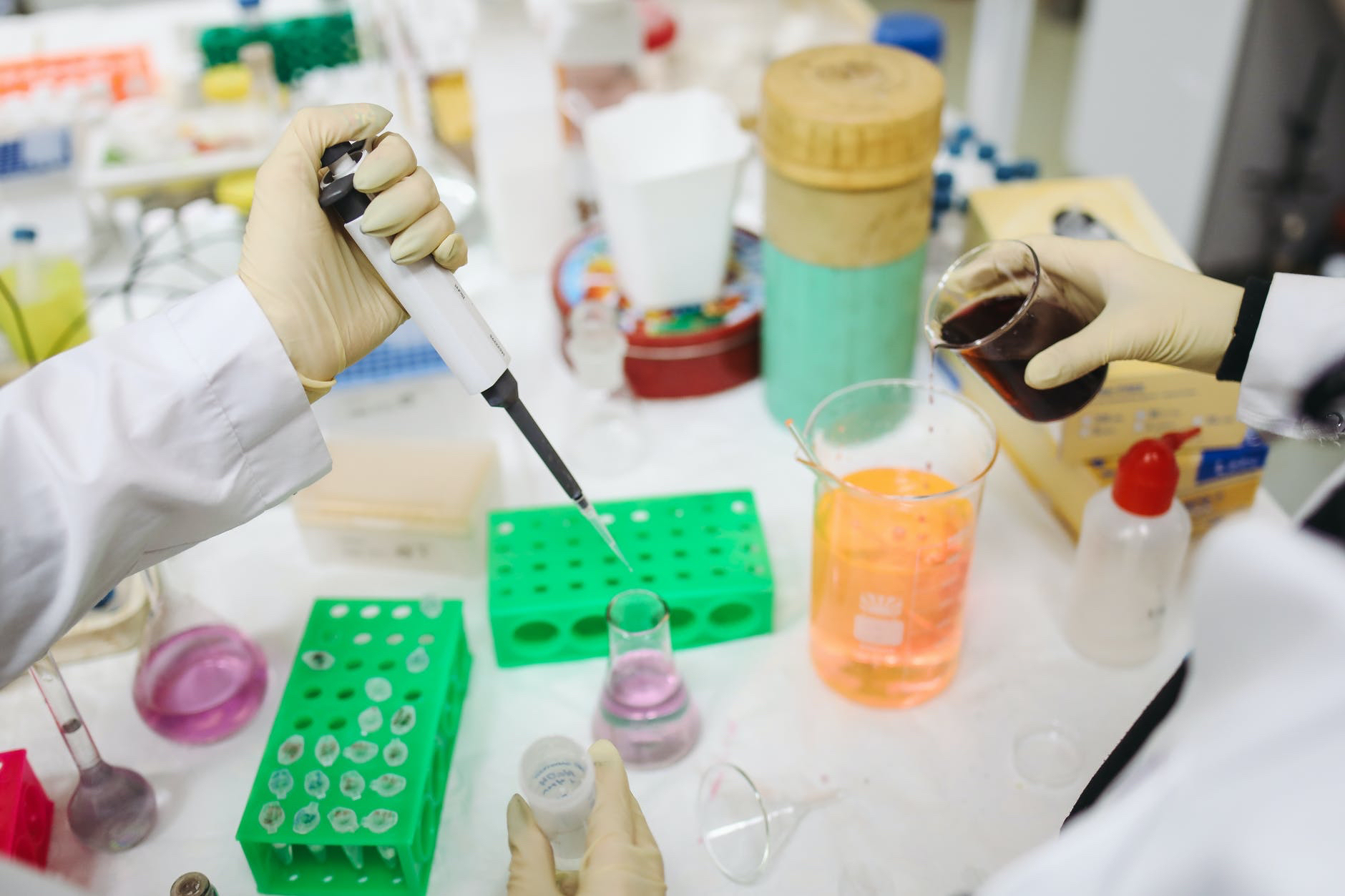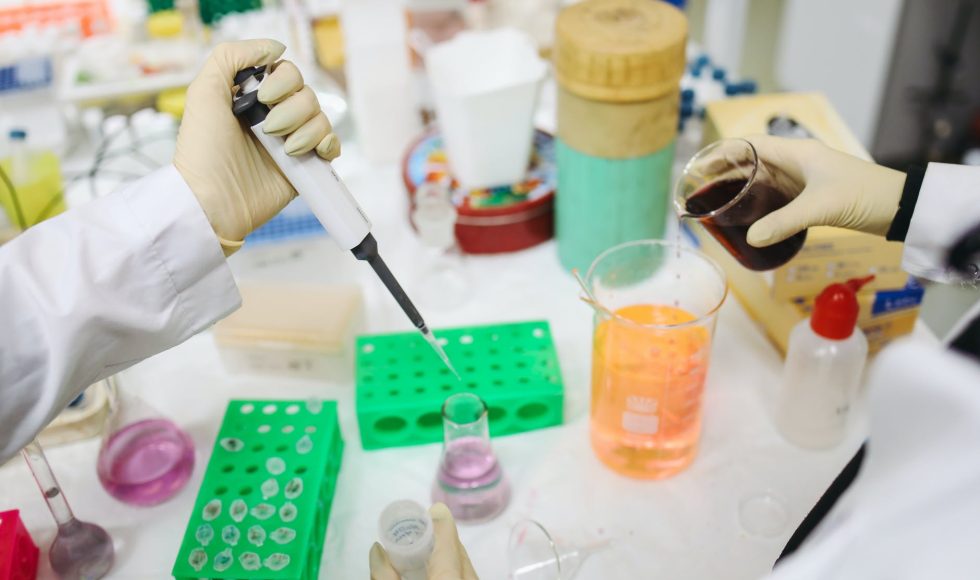Dr. Mary Ann V. Smith from Penn State described in a recorded 2020 Lilly Conference several course-based research experiences and the role of storytelling. Dr. Smith’s talk was entitled “Student Stories in Science: Alternative Methods for Student Experiential Learning” and used several examples from courses. The presentation itself used several icons and effective slide design. Cooking stories create emotional responses we can leverage to promote remembering content. Building a lesson around a story can be used to engage and teach. Experiential learning was described as designing guides learning experiences that have open-ended results and allow students to make choices. Smith used the storytelling definition of reflective learning that takes experience in context. Smith put both terms together by describing the importance of explaining science to the public and using storytelling to offer students practice. Experiential learning incorporates hands-on content-based projects that provide an opportunity for students to perform research with an instructor. Smith talked about three different experiential learning experiences: antibiotic discovery, environmental monitoring, and kitchen science. The antibiotic discovery project was based on Tiny Earth and Small World Initiative. Students obtain soil and search for antibiotic activity by characterizing bacteria. Smith uses oral journals to listen to students describe their experiences. The journals are not meant to be scripted: the goal is for students to share their thoughts and experiences. Even after going online in the spring of 2020, students continued to work on their microbes. The second experiential project described by Smith is The Globe Program that engages students in data collection to compare to satellite data! I had not heard about this program and its connection to NASA and local resources. For example, Smith encourages students to engage with their local environment and think about up cycling. In the Grow a Plant project, students request seeds from the seed bank and get resources to grow their plants. Students also did oral journaling to tell stories about their experiences taking care of plants. Smith also combined up cycling of containers to do vertical gardening! Smith emphasized connecting applications to careers and other areas, including history, art, and traditions. The last project called Kitchen Science was a replacement for chemistry labs. The goal was to remind students about the real world applications of chemistry. Mug cakes were used to have students create variants and test. What can you prepare, measure, and compare? This can be done all at home. What do you have at home that can be used to cary a component? Smith mentioned they are working on extensions to these projects… including home versions and modifications to connect to sustainability, medicine, and cooking. I wonder what we can do to design experiential learning opportunities that include storytelling and opportunities for local sustainability connections? I think BIT 295 has several potential opportunities for students to create and share their stories. We already are doing some of this with student-produced case studies. What lessons can we learn from this presentation and awesome projects to engage and create lasting, transformative experiences? Today I was reading about transformative experiences… now I think an important component is the student voice through opportunities to connect, reflect, and share their stories!



